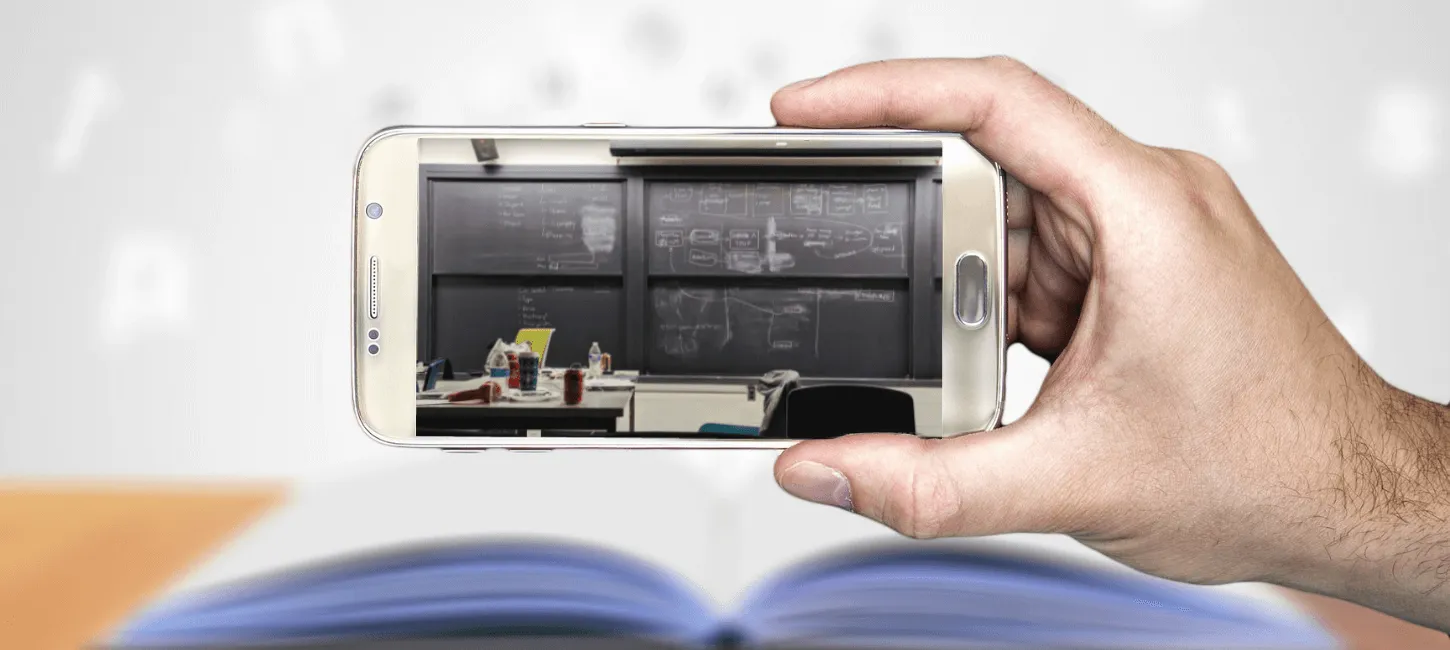Different Functions of Schools & Universities With Paperless Alternatives
A student’s life at school begins with the morning prayers offered to the almighty followed by the class attendance.
Attendance is noted in a 96-page attendance register.
Next, the student submits his homework to the class captain.
Homework constitutes of 5 pages for each subject, and 7 subjects make 5*7= 35 pages homework.
The first class begins with the teacher passing handouts that contain an essential summary of the taught chapter.
The handout consists of 3 pages and additional 2-page notes taken in the class-book.
Following class is of Math, which requires more and more practice, calculative rough-work, and some almond boosted brain-power.
Average Math rough-work up to 3 pages and class-work of 5 pages.
The student enjoys the Art & Drawing class the most.
Minimum of 5 to 8 pages are consumed in craft/artwork.
In the recess, along with having snacks from his lunchbox, the student indulges in playing Tic Tac Toe with his friends.
Paper Games may consume up to 12 pages; more than classwork of three periods.
Post break the student visits the school library to find a book for his science project’s research. Meanwhile, he comes across the latest novel of his favorite author and he lends the book immediately.
The Research book is 200 pages and the novel consists of 586 pages. From which, the student might read 25 pages in a day.
Mid-day school time is taken by the language classes where the teacher makes the student write glossaries, synonyms, and grammar rules.
Language notes can take up to 5 pages per chapter. And 2 such language classes each day makes it 10 pages of paperwork.
The last hour at the school is used for the annual day preparation and practice by all the students. Here, the student in our context is participating in the drama.
Drama script needs to be worked out and the student rewrites the script for 4-5 times. This makes use of 10-12 pages of paper. The final 7-page copy needs to be photocopied 12 times to be distributed among all the drama participants. Thus, it makes a total of 84 pages used.
From the above school day activities performed by a student, we can say that one student utilizes (consumes) 96+35+3+2+3+5+12+25+10+84= 275 pages (on an average) in a single day.
Now, to calculate the school strength, an average-sized school would contain around 2000 students, meaning the number of pages used by a school would be 275*2000= 550000 pages approximately in a day. And for 250 working days of a school, 550000*250= 137500000 = 137.5 million pages approximately.
Also, consider the fact that it calls a cut-down of 12 trees to produce 1 ton of paper, and 200000 A4-size paper sheets weigh 1 ton (1000 kilograms).
Meaning, production of 200000 pages need 12 trees to cut down, and hence, 137500000 pages demand 8250 trees to cut down.
Imagine, this is just the count for one school, what if we count pages used by all the schools across the globe along with considering the paperwork done by the school administration, examinations, project work, and others.
Isn’t that devastating? Don’t you want to put a halt on this ruthless environmental degradation by going Paperless using Classroom Technology and Education Automation?
Thinking of getting into EdTech?
Get The Perfect Edtech App Business Plan & Get Started!
We believe in connecting personally, kindly drop your details below and we will connect with you soon on your email with precise information you requested.
Having seen the current scenario of education institutions across the globe, let us consider paperless alternatives to be implemented in different functions of schools & universities, through using educational classroom technology for a greener environment and blended learning through collaborative classrooms.
Examination System
- EXAM ON PAPER
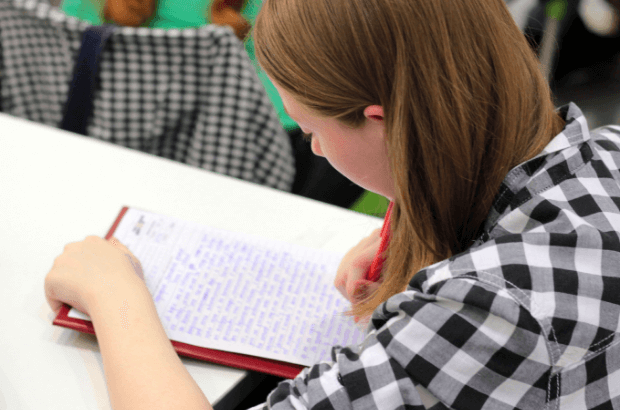
Since ages, the pre-exam time demands new stationery items like writing-pads, rough-books for practice, pencils, erasers, sharpeners, rulers, etc.
And on the day of exams, it’s the competition among students for who writes more number of supplements. The current education system is more focused on theoretical knowledge requiring students to write long answers to gain better marks.
Many students just keep adding supplements to keep up with competing friends, even if they have written just a word in a double-paged additional supplement.
Poorly, many are not even able to fill the entire main answer-sheet. However, they forward the (majorly blank) sheet for checking.
These exam papers are needed at regular intervals like quarterly, mid-termly, semester-wise, annually for all the school students; that too separate question-paper and answer-papers.
Also, teachers are mostly under the obligation of safeguarding these answer-papers from coffee-stains, which is a difficult task.
- EXAM ON PERSONAL DIGITAL DEVICE / COMPUTERS
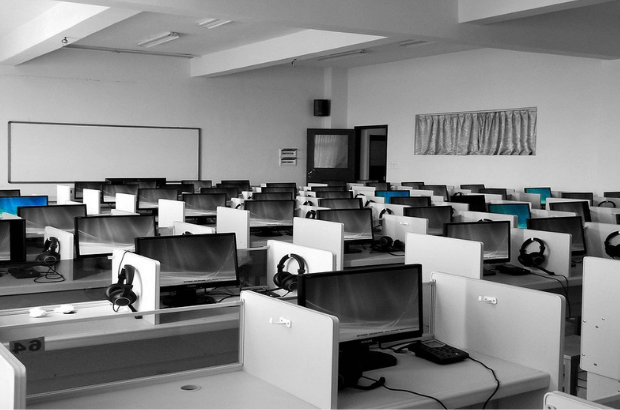
Why not exams be conducted online on computers? That would surely help us save a large number of trees from being cut.
Most schools today have adequate computer devices, or else students are provided personal digital devices for learning aids. Surely schools and colleges should use classroom technology to conduct examinations.
Though this advance change would require educational apps, AI, advanced surveillance techniques, and internet connection; schools will be more benefitted by accepting the advancing classroom technology.
Also, it shall simplify the teachers’ botherations of safeguarding bundles of answer-sheets.
Students today need a better evaluation system that gauges their intelligence over cramming-power. Comprehensive testing software should be adopted by the EdTech industry that includes logical strength and AI assistance.
However, there would still be some drawbacks in this paperless examination system like inconsistent internet connectivity, multi-device support, system failures, etc but newer methods in classroom technology are searched for in accordance.
Learnosity is an example of online testing software.
Textbooks & Notes
- PAPER-BOOKS & WORKSHOPS

Textbooks are the Bible for students. They may fight their mother if she says against their textbook. Yet every year they need to upgrade their Bibles.
Textbooks are resourceful pages of knowledge which lead the student to the truth and to their aimed successive grade. But wait, does Knowledge costs?
These papers of knowledge (textbooks) surely cost parents a big penny. Every year parents spend a lot of money on school textbooks & workbooks only to find their learning child-demanding more of such knowledge books.
- E-BOOKS & PDFs
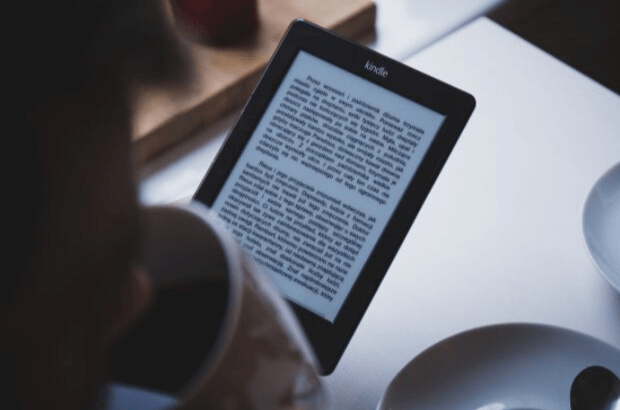
Surely knowledge needs a medium to convey itself, but why does it necessarily have to be costing the environment (paper from trees)?
The pool of knowledge can be shared among the students through digital mediums in EdTech. While students today are carrying one each learning tablet with them, they can be rendered e-books and PDFs that include their curriculum/syllabus.
The student generation is more comfortable and friendly with using classroom technology, educational apps, & gadgets as compared to books.
Also instead of allocating memory-space on each student’s personal device, these e-books and PDFs can be made available on the cloud, from where students can access it anytime on demand.
Paper books are prone to be lost, ripped, burned, or buried. But naughty students cannot give teachers the excuse of a lost ebook.
Additionally, imparting knowledge to students via education technology will forgive the sins that schools have been forging on students over decades of causing back-aches due to heavy bags full of textbooks.
Adobe Acrobat and Microsoft Reader can be the best tools for paperless books.
Attendance
- REGISTER RECORDS

Attendance has always been a critical pain point for students, guardians, teachers, and schools. Many discussions and debates have been conducted on the very question of the attendance marking system.
However, why should paper suffer in this crunch? Even schools are not insisting now to keep paper records of attendance.
Paper is a medium to boost creativity and not for scribbling hasty impression
- LMS INTEGRATION / BIOMETRIC
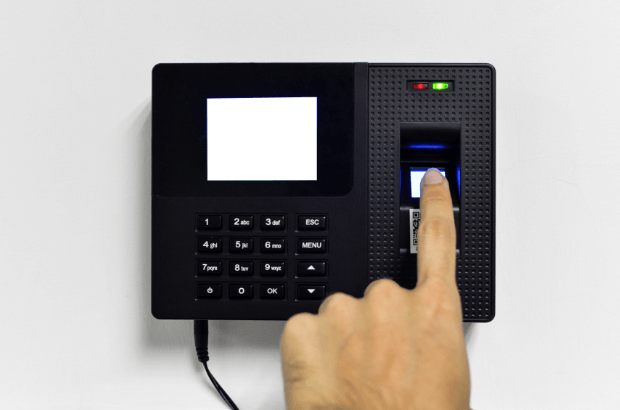
Schools using the Learning Management System can integrate classroom attendance in the LMS software.
Other methods such as biometric attendance, iris recognition, or e-signature can also be used instead of traditional attendance journals.
On a practical note, this can save up to 15 minutes of the first class in a school day. Time is, after all, the most valuable asset in a student’s life.
CANVAS LMS is an example of digital attendance marking software.
Read here why EdTech App Development is ideal for Startups?
Assignments & Projects
- HARDCOPY SUBMISSION
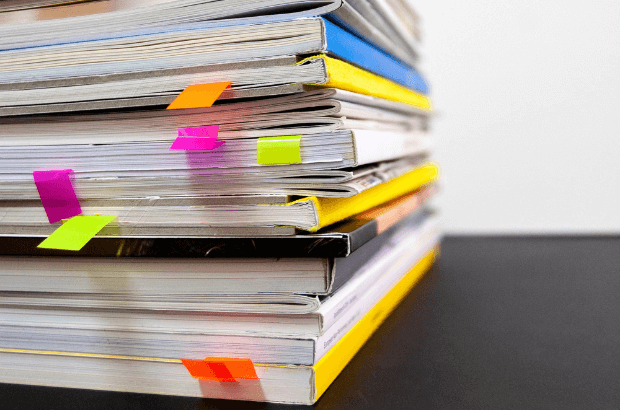
Projects are an integral part of a student’s practical learning and implementation. It requires a lot of research, analysis, and planning to execute a project.
Schools and colleges emphasize students to score in their project work. But the sad part is that they want to keep paper back-up with them. Why do institutes want to fill in their store-rooms into junk-yards?
Moreover, students usually undertake projects in groups. And so, each student has to submit his/her individual hardcopy along with one group copy of the project.
This not only is a big junk to be handled by the schools but also the students spend a cut of their pocket-money on stationery bills.
- DIGITAL PROJECT SUBMISSION

Today, smart students accomplish their project work with the help and support of Google, AI, and research. They make use of classroom technology, blended learning, digital tools, directories, software, and other essentials to create their projects.
Thus, instead of printing the final project and creating multiple photocopies of the same, wouldn’t it be beneficial to submit the softcopy to the institutions and promoting collaborative classrooms?
Why not? Sure, the project remains the same, just becomes much easier to track, store, and access for both schools and students.
The projects can be stored on the network portal. This would surely save paper big time.
Advertisements & Publications
- TRADITIONAL OFFLINE MARKETING
School, colleges, and universities spend a huge amount on advertising and marketing, mostly implying the traditional offline marketing methods.
The major mode of marketing is through flyers, newspaper advertisements, hoardings, etc. Here, they distribute flyers across the town, in homes, schools, and entertainment hubs where they probably end up in dustbins.
Looking at the tremendous advantages of classroom technology, institutions have started to focus on digital marketing methods as well, but however, they don’t yet completely rely on digital ways.
- DIGITAL MARKETING METHODS
Each and every student and their parents have internet access today. Moreover, to find the best school in town, Google search is where they ask.
In such a scenario, educational institutes must make the most of this opportunity and turn off the traditional offline and paper-consuming marketing methods.
Approval from Institutions & Stakeholders for Classroom Technology
Educational Institutions are debatably bureaucratic organizations. They mostly function in a hierarchical way. There are two types of educational organizations:
1. Universities/ Educational Boards:
The leading heads of underlying schools, departments, branches, and colleges. The members of such organizations are the trustees, awarding bodies, NGOs, etc.
2. Schools/ Colleges:
These are the temples of students where actual knowledge is passed to students through teachers. They consist of principals, administration departments, professors, assistants, teachers, and students.
Implementing classroom technology & going paperless is not a one-day task. Detailed analysis is required to go ahead with EdTech app development of any kind. The entire bureaucracy needs to be favoring and supportive of the decision. The important point is that each and every member stated above and all the departments produce billions of paper-waste.
There is a need for a social approach and rage amongst humanity to sustain in an eco-friendly and pollution-free environment.
Trees play a vital role in maintaining the global warming, and if we continue to use and waste paper the way we have been doing, depletion of the human race is not far from now.
Hence, it becomes essential, rather a moral duty of the stakeholders of our education system to promote digital classroom technology.
Learning knows no bounds. Way of learning has evolved with the change in generations.
Greener Benefits of Classroom Technology
Needless to boast the advantages of classroom technology, it is for the welfare of our planet that we transform our educational bodies into paperless blended learning centers. Reading the following highlights may hit the rock and pro-activate your human moral to go paperless and embrace ideas in the EdTech domain.
1. Environmental preservation
Preserving Paper means preserving the Environment. Though more and more paper waste is recycled today, we cannot overlook the electric power used to recycle paper. The only satisfaction one can get is by preserving paper by adopting technology in classrooms and hence preserving our natural habitat i.e. the environment.
2. More Cost Efficient learning
Going paperless will make the piggy banks glad for all the money used in paper, stationery, school books, project work, and exam sheets will be altered into savings. Parents and students will be the most benefited by school app development.
3. Promotes intuitive learning
Paperless education will change the perception of studies for students. The education technology will create intrigue and excitement for students. Moreover, the digital assessment will test the intellect of students rather than their memory power.
Also, the collaborative classrooms will help the teachers cater to interactive real-time learning sessions that directly boost the intuitive abilities in the students’ growth.
4. Easy updating of the academic curricular
The academic syllabus needs to be updated annually or within a few years for keeping the students acquainted with real-time knowledge. The traditional paper-education system was indulging into re-publication of textbooks and workbooks, in-turn forcing students to buy the latest updated books, which was really expensive.
Whereas, the classroom technology doesn’t have to deal with all such a mess. Rather, it would just ask to update the e-books and PDFs stored on the portal/network. All students and teachers need to download the latest updated versions of the e-books on their devices.
5. Easy to analyze the performance of students and teachers
The e-way has all the ways. The Learning Management System (LMS) is able to track the performance of teachers like – completing the syllabus on time, solving exam questions, evaluating students’ tests, filling student and teacher attendance, etc.
Updating the student attendance journals to biometric/ LMS system helps keep an accurate record of student’s presence in the class.
6. Standardization in education
The Digital revolution in educational organizations will bring a quality standard in organizations across the globe. All thanks to the EdTech industry.
The education technology has the flexibility to collaborate with n number of systems which welcomes the opportunity for a global standard of equal education carrying quality for students in all corners of the world.
7. Virtual ClassRooms and Learning from Anywhere
Paperless education gives rise to blended learning, which means the sharing of knowledge through smart electronic devices like laptops, tablets, and e-book readers. Particularly this limitlessness will adhere students to the idea of collaborative learning and school anywhere & everywhere.
Geographic boundaries will no more create limitations for students as students will be able to attend classes through video conferences, and e-sessions.

